Paratroopers have gone back to the future, looking to their regimental history and Suffolk’s military heritage to train for potential missions as the British Army’s global response force.
B Company, 3rd Battalion The Parachute Regiment carried out a simulated raid on Bawdsey Radar Museum, the world’s first operational radar station that is now a museum and home to an HM Coastguard radio mast. The training was to practise how paratroopers could knock out enemy air defence installations, which are key targets in the early phase of an operation to remove weapons and sensors threatening aircraft bringing in additional troops and equipment.
For the Colchester-based paratroopers, the action harked back to the February 1942 Bruneval Raid, the first parachute operation by British troops. Soldiers jumped into Northern France to capture German radar equipment to allow countermeasures to be developed.
RAF Bawdsey, on the Suffolk coast near Woodbridge, opened in 1937 just 18 months after experiments showed how radio waves could be used to detect aircraft. It played a key role in detecting German bombing raids during the Second World War, was itself bombed a dozen times and was protected from ground attack – such as what happened at Bruneval - by a network of trenches and pillboxes.
Major Rich Thorburn, Officer Commanding B Coy 3 PARA, said: “We’ve practised for what is a classic airborne forces operation – striking in the deep to knock out a key enemy installation and enable follow-up operations to take place. For our soldiers, training at places like Bawdsey, that are both relevant and unfamiliar to them adds realism and challenge.
“The achievements of the past set the standards we expect of our soldiers today – a message that is reinforced by looking back at Bruneval, its continuing relevance as a potential mission for us and how we would carry it out today. In the same era, RAF Bawdsey was positioned and protected against ground attack, and has presented a good practical challenge for our paratroopers to test themselves against.”
At Bawdsey (Thu 29 Sep), paratroopers patrolled in under the protection of the powerful sensors and weaponry of Apache attack helicopters from Wattisham-based 4 Regiment Army Air Corps, to launch their attack. Once the facility was secured, sappers from Woodbridge-based 51 Parachute Squadron Royal Engineers were brought forward to plant demolition charges on the radio mast before the troops withdrew.
3 PARA’s Guardsman Will Smith said: “This is an operation we could be expected to do and where and how we’ve practised for it has been different and interesting. We know what’s expected of us as paratroopers, and we did it with speed and aggression.”
The mission was the culmination of Exercise Blue Readiness, a week-long package of training based out of Rock Barracks, Woodbridge to refine the paratroopers core skills. Troops practised their drills for fighting in urban areas, launched a similar raid against Suffolk Aviation Heritage Museum in Kesgrave and qualified in fast roping out of RAF Puma helicopters.
Maj Thorburn said: “By looking at the local area, using our own initiative and imagination and with fantastic support from local landowners, HM Coastguard and the two museums, we’ve delivered realistic training that will make us more operationally effective.”
Source:
Article by Gareth Palmer, images by Cpl Houghton, British Army.
Read More
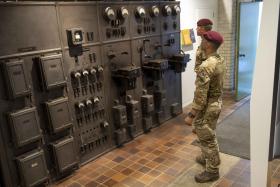
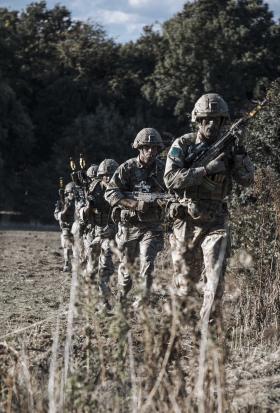
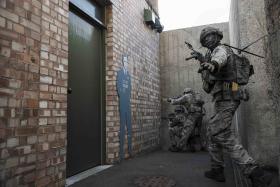
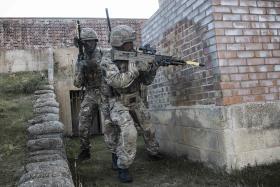
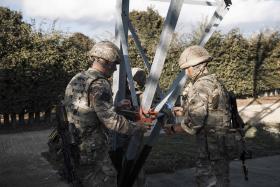
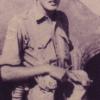



Latest Comments
There are currently no comments for this content.
Add Comment
In order to add comments you must be registered with ParaData.
If you are currently a ParaData member please login.
If you are not currently a ParaData member but wish to get involved please register.